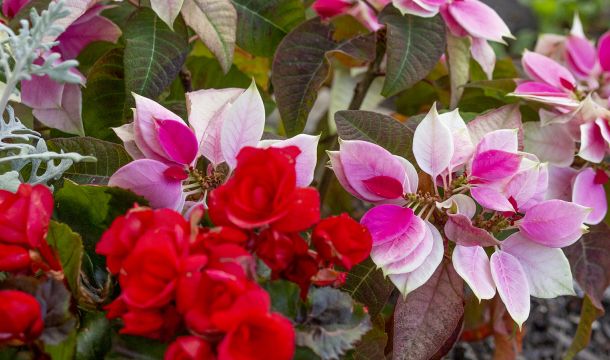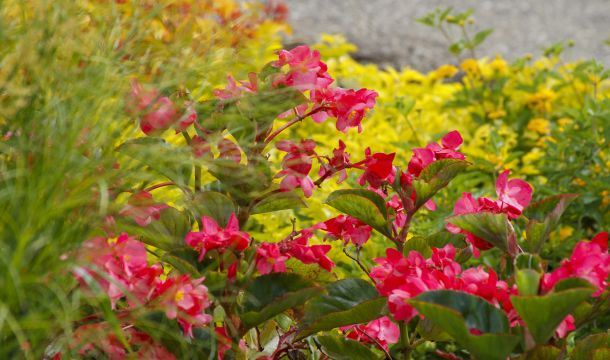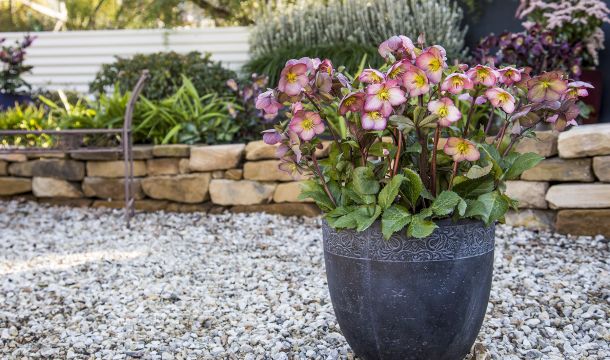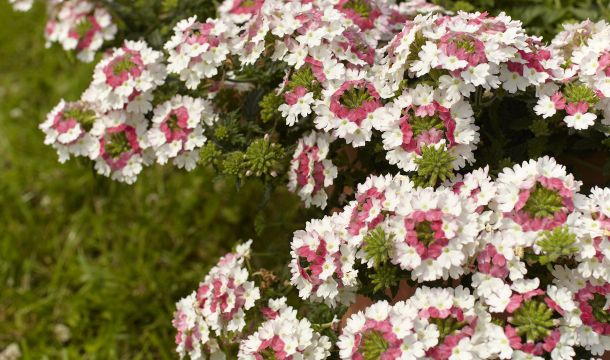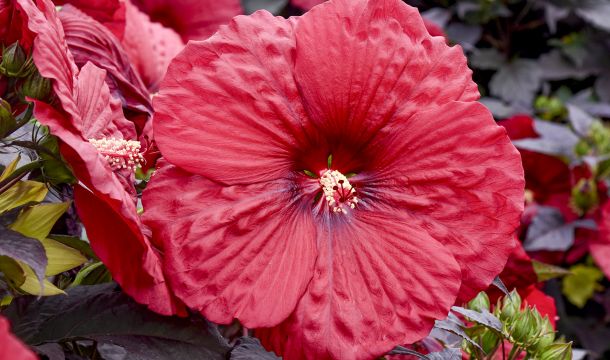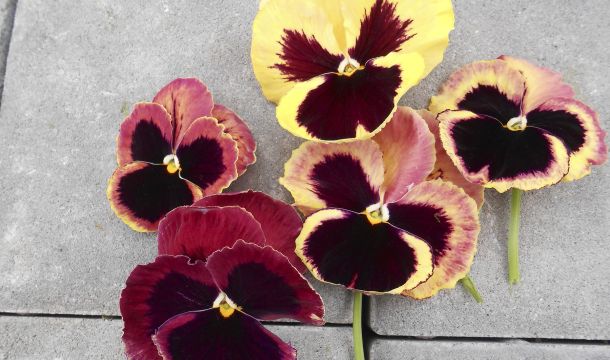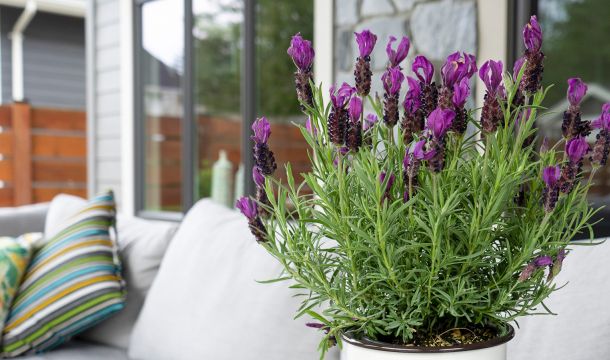The Angelonia Tool Belt

Summer snapdragons do more jobs than they did in the past. The shortest ones tip their stems down as low as 8 to 10 in. from the ground, whereas the big varieties can reach 30 to 36 in. high. As a rough rule, standard height seed varieties are used in the landscape as mass plantings, due to their costs. Vegetative varieties take on drama or specialty roles. Until this year, the category had two versions generally recognized: standard uprights and cascading, trailing types.
Bubbly, frothy spires of the summer snapdragon define its look but summer endurance drives revenues and growth. Blooms are not phased by high nighttime temperatures or humidity. As a result, angelonia is a true landscape item in the South. Plants convert heat into color and pump it out after the spring color dies out for the season. They stay in color until the calendar wheels back around to pansy planting in the fall so in the South, angelonias last a long time.
Other observations center around baskets in the North where summer performance gets attention. Sales occur when you have products tuned for the season, and the LAS trifecta (lantana-angelonia-scaevola) produces some outstanding combo plugs like MixMasters Shindig. It takes anything summer throws at it.
AngelMists hold their spires low due to the style of branching they have. In a container, the color is wide and flat with draping more than trailing along the edges. In a landscape, AngelMist spreads the color out like a skirt in front of other plantings like Juniper.
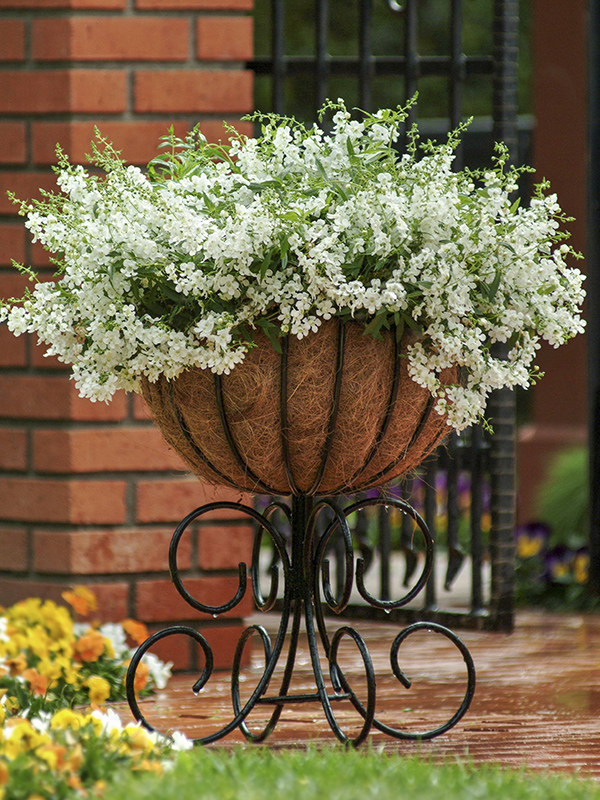 |
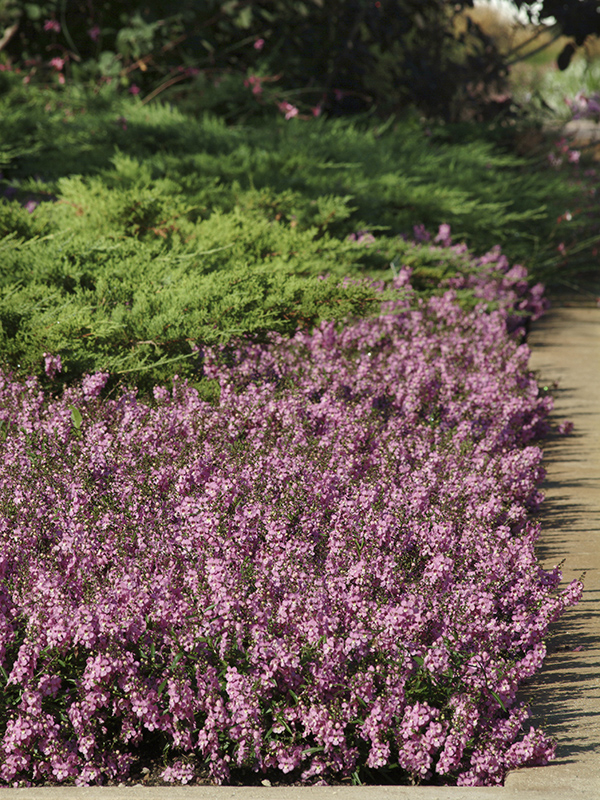 |
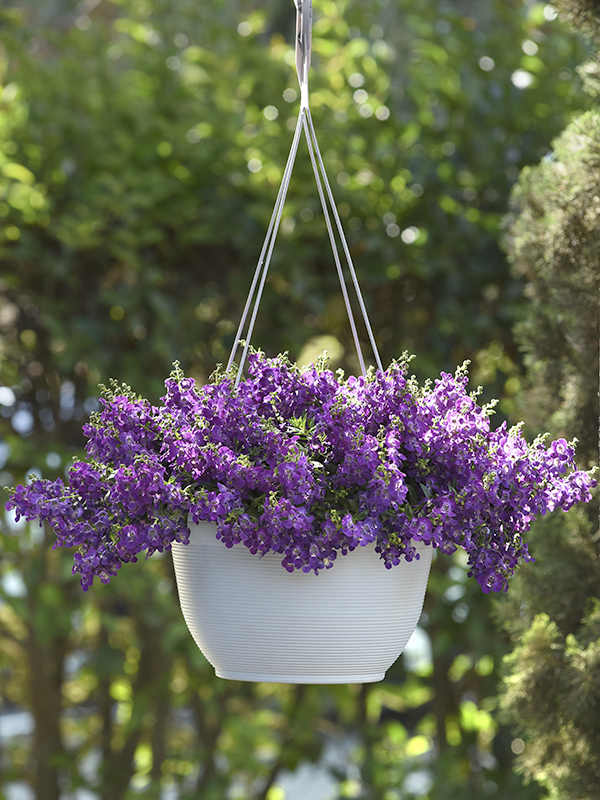 |
| AngelMist White | AngelMist Pink | AngelMist Dark Purple |
Ball FloraPlant Expansion
Before I lean into the series themselves, I want to mention Ball FloraPlant’s angelonia annoucements because they reset the expectations of what jobs angelonias can tackle. As presented, these five series form a single belt, populated with tools that do different jobs. Saws, chisels, and snips are all cutting tools, but each has their own take on the cut and it’s easy to grasp the differences between them. In the Ball FloraPlant tool belt, each angelonia series has a distinctive personality: flat, flare, big, wispy/big, and biggest. Each performs a different task in the garden.
As a designer, I can apply leaning, puffing, filling, swaying. or towering solutions to a wide range of summer requests in both containers and landscapes. Angelonia is durable, full of color, and well-known.
Whereas AngelMists droop downwards, AngelFlares droop upwards. They naturally form a v-shape habit in the pot or in the soil. Colors are limited to reds and the unusual black, which show flashes of wine purple when the light shines on it.
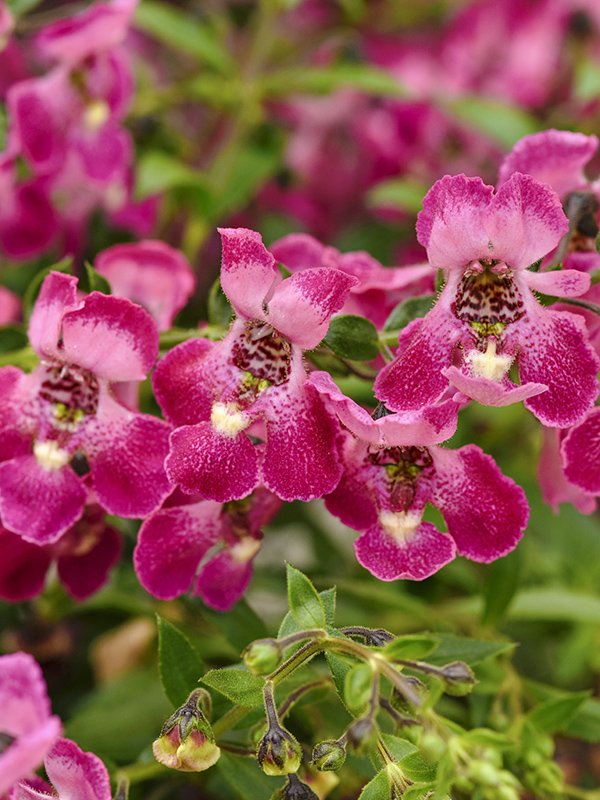 |
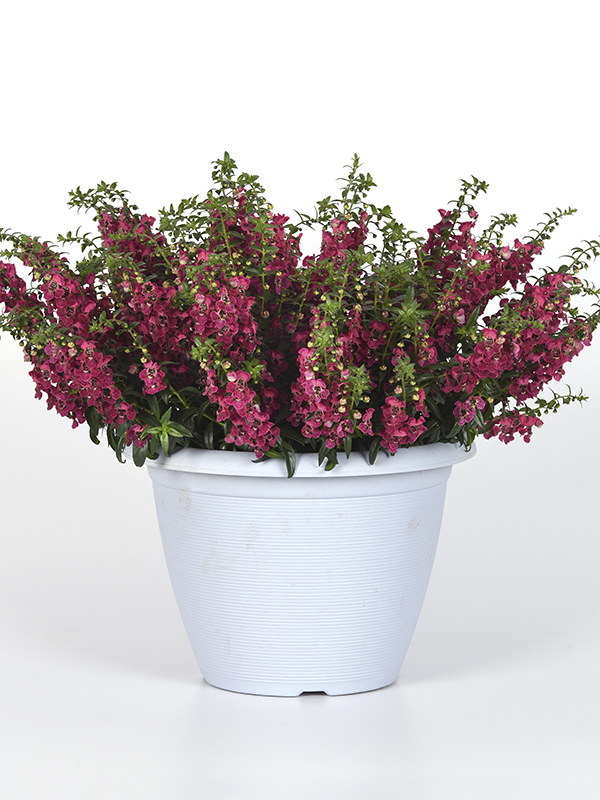 |
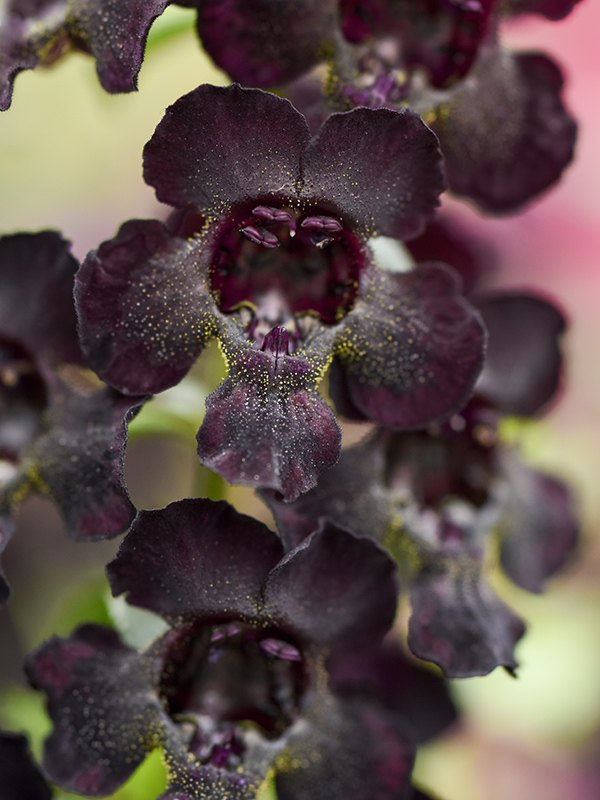 |
| AngelFlare Orchid Pink | AngelFlare Cranberry | AngelFlare Black |
In a production facility, I see a single protocol. If you are comfortable herding angelonias around your schedule, this lineup is just more of the same, adjusting for size and speed to market. The usual, just more of it.
Selling the belt is a sign that a category is moving from a C-tier specialty crop for the fandom to a B-tier volume crop that chugs its way to the bank. Trade creatives get coordinated tools for more solutions, expanding the market size. Trade growers meet that demand by simply doing more of what they already do. It shows how the new fits in with the old, and how the old still remains fresh and relevant. The numbers sum well.
Archangel defines summer snapdragons for most people. Tall without much leaning, they have the broadest range of color. Over the past couple of decades, the series has seen running improvements, so they aren't the same product of two decades ago.
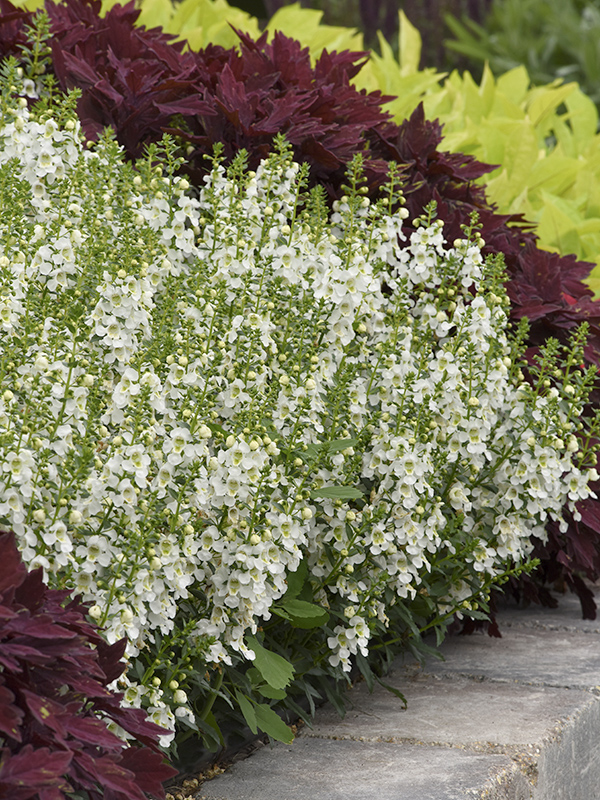 |
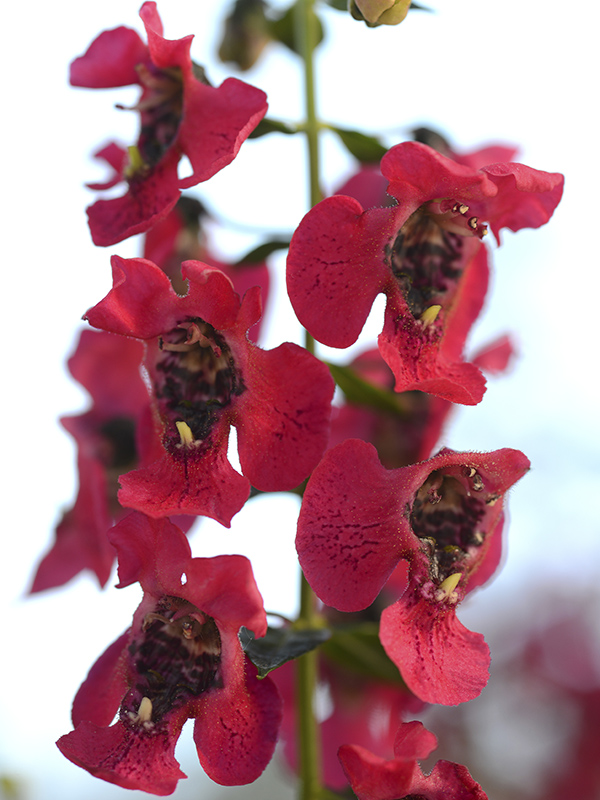 |
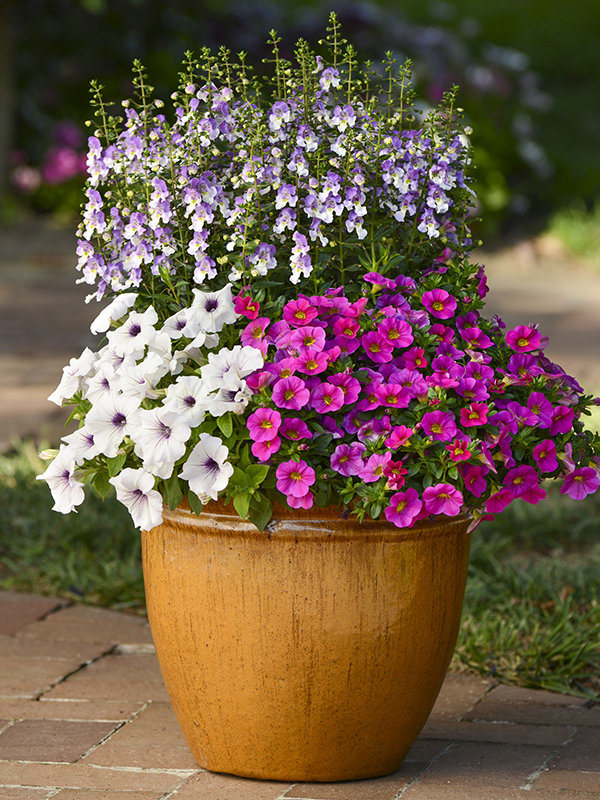 |
| Archangel White | Archangel Cherry Red | Archangel Blue Bicolor |
Series Review
From short to tall, this is how the Ball FloraPlant angelonias work:
- AngelMist (5 colors) is the cascading series you might already know. It’s been around for over a decade, and it holds its stems at a sharp angle. Sometimes called *groundcover* angelonia, the leaning spires actually hold the color 6 to 8 in. above the ground. In the landscape it works best as a skirt that surrounds larger objects or peeks out from the canopy of larger plants that need their soil covered. In containers it naturally forms a collar when planted in a ring.
- AngelFlare (3 colors)is the brand new angelonia look and sits between Mist and Arch. Whereas Mist holds its stems at 45° and down for a drooping effect, the stems of Flare start at 45° and go upwards for a vase-like shape. If you want color on a full 90°, plant them together. The habit is open so other fillers and thrillers can weave among the Angelonia color.
- Archangel (10 colors) is the linchpin to the tool belt with the biggest color selection. To understand other series, compare them to Archangel, the classic tall summer snapdragon sold for decades as a season extender, but significantly improved. Gone is the brittleness that dogged angelonias two decades ago. Flowers are bigger, spikes are denser, and color is cleaner. This decade-over-decade improvement is typical for any long-lasting series in the market, and it shows up here as well. Described as a large flower (but not the largest) on a compact plant.
- AngelDance (2 colors) starts getting a little taller than Archangel. However, its signature feature is a wispiness to the stems, a little whip action in the tips when the wind blows them. It gives a shimmering, dancing play to the angelonia texture. This quirk is a response to the old problem of brittleness. If you turn the genetic dial to flexible, AngelDance is what you get. Another hallmark of this series: it has two bicolors. No solids in this set.
- Guardian Angel (2 colors) goes gonzo on flower size and spire height. Sometimes you want big, honking color drama for drive-by gardens where you need *POW* impact. Guardian Angel is good for oversized urns or plaza presentations that require big blasts of color that can stand up to the heat of the surrounding concrete.
AngelDance is a bit taller than Archangel, but its selling feature is the wispy tips that shimmer in the breeze. The series has an unusual "dipped in vanilla" quality to its two bicolors. Stems are mostly upright, but a little more relaxed.
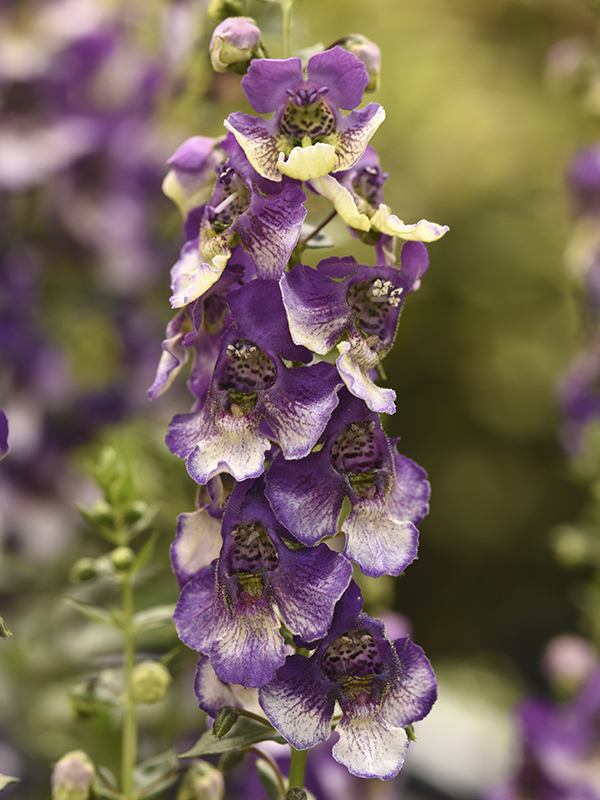 |
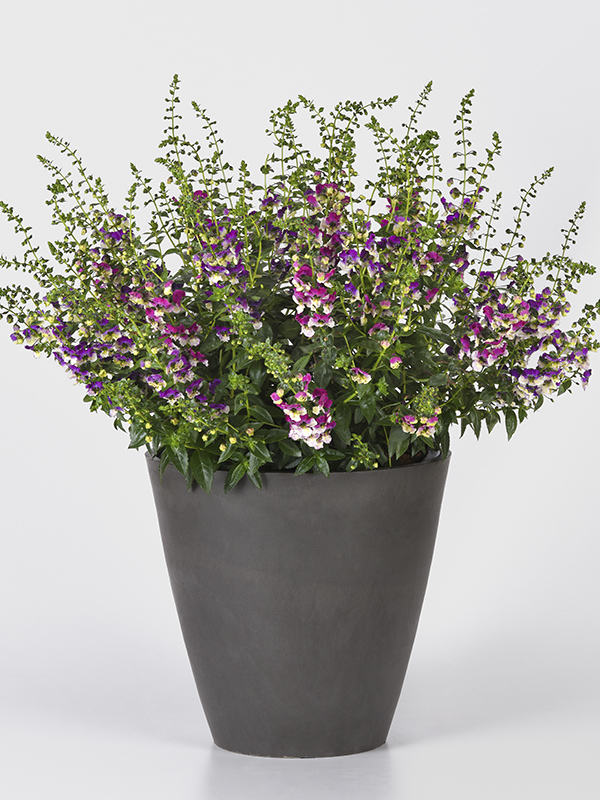 |
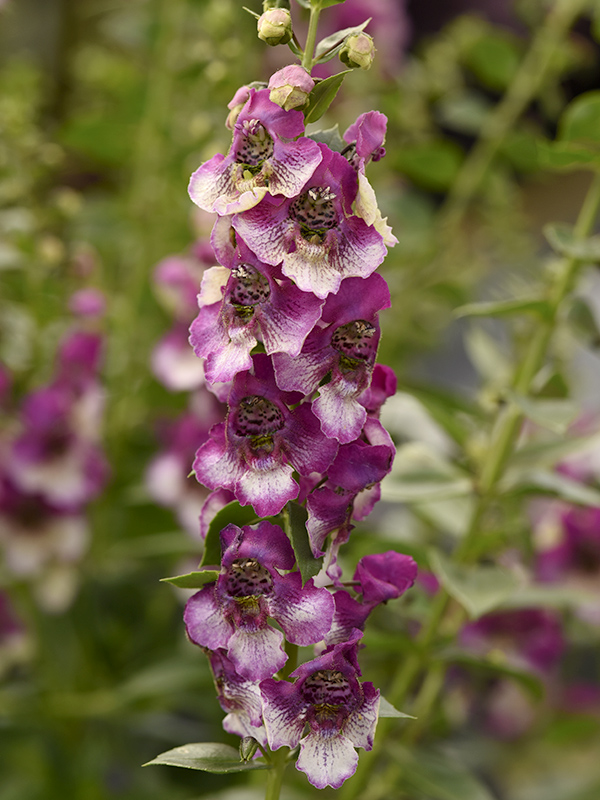 |
| AngelDance Violet Bicolor | The two AngelDances | AngelDance Fucshia Bicolor |
Color Ranges at Launch
As typical of modern product launches, the new series have a limited range of colors available. Standards for a credible release are so high these days, it’s very hard to line up five or ten colors for a simultaneous launch. Flare has no white or light colors (it has black—the halo color), Mist is missing a solid red, and Dance selections are just bicolors. Established series do have range, but the new ones are restricted.
Color families assemble like runners at the end of a marathon—each one has to complete that last step before taking their place. Building out never really stops. New colors and improvements fold in as running changes over subsequent years. I expect the new Ball FloraPlant lines to fill out the same way.
Guardian Angel doesn't have as many spires, trading them in for the biggest, boldest and brightest vibe they can manage. These are set piece color displays, meant to be seen from a distance.
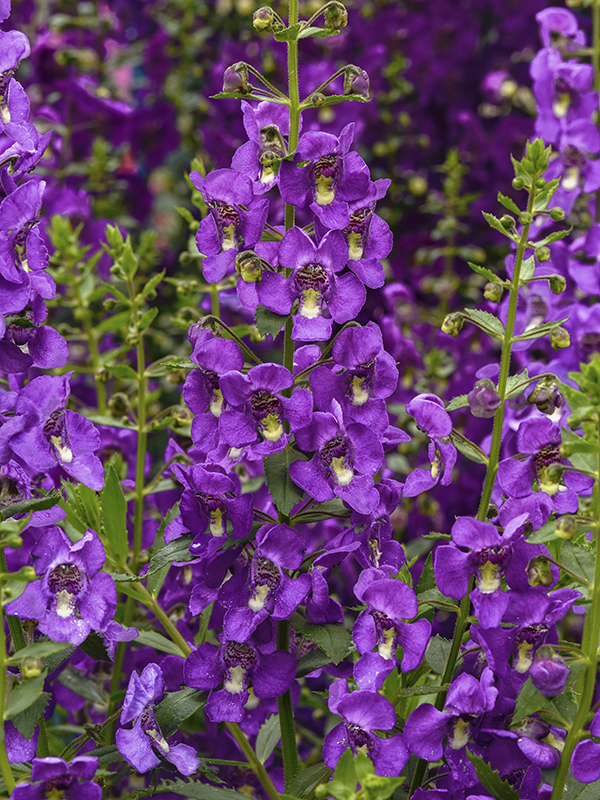 |
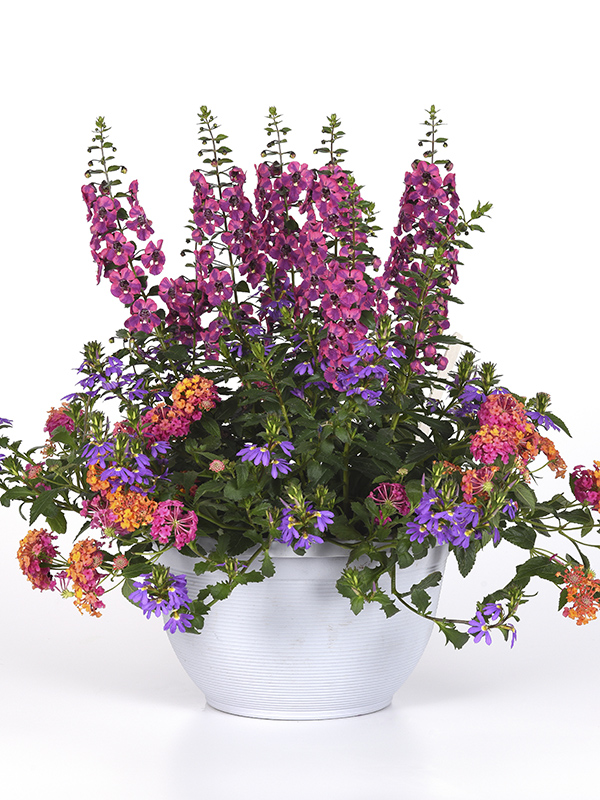 |
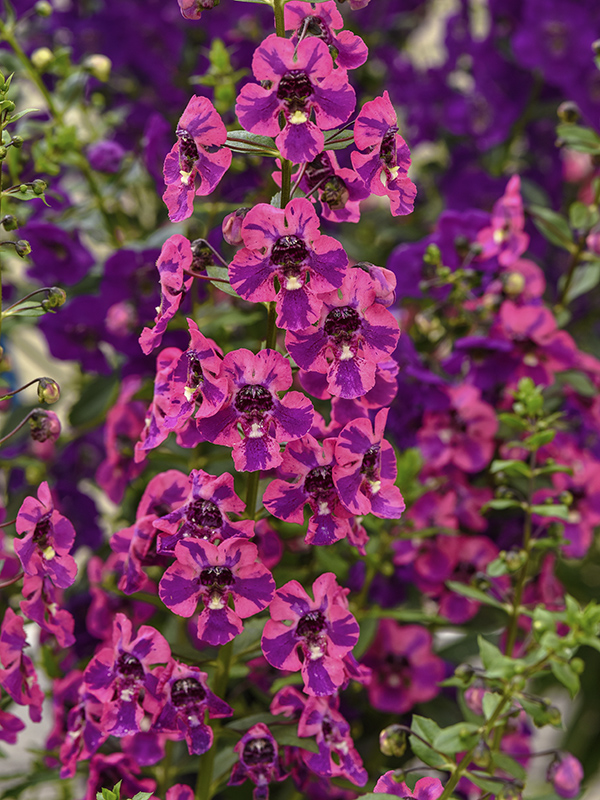 |
| Guardian Angel Violet | Combo with Guardian Angel | Guardian Angel Berry Sparkler |
Popular Articles
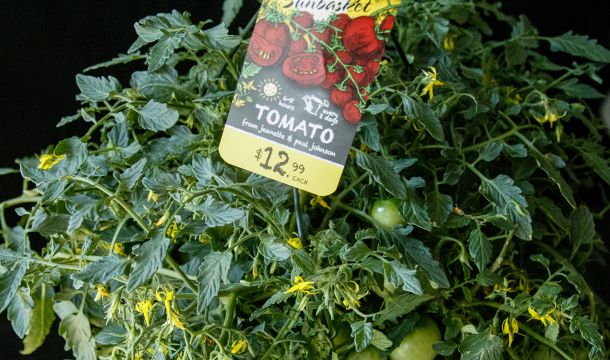
Trialing Edible Baskets
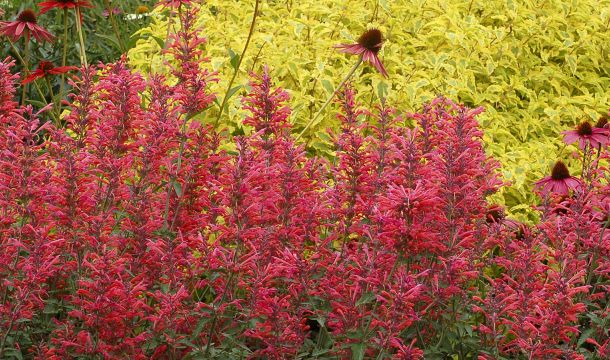
The Arthouse Expansion of Agastaches
